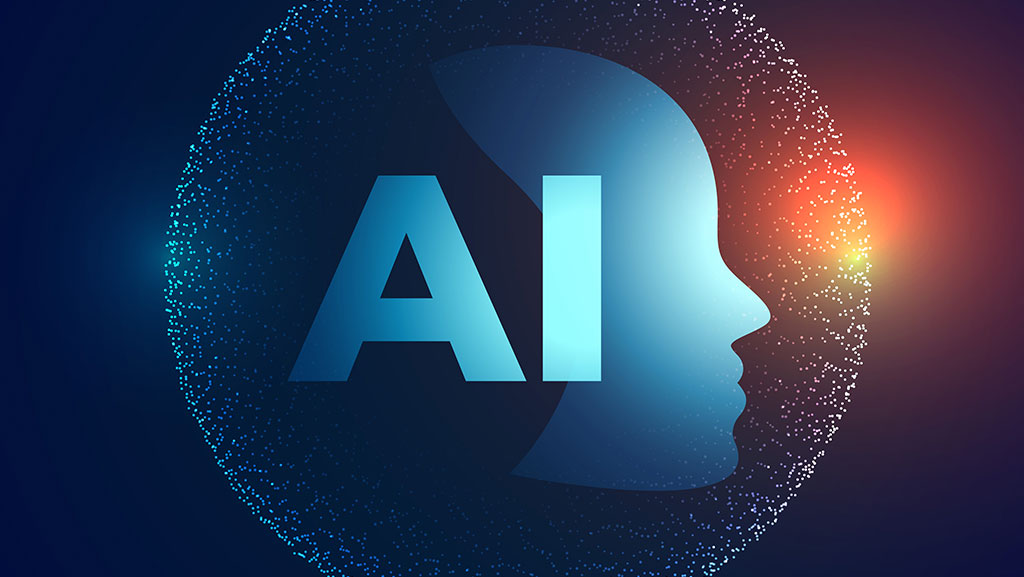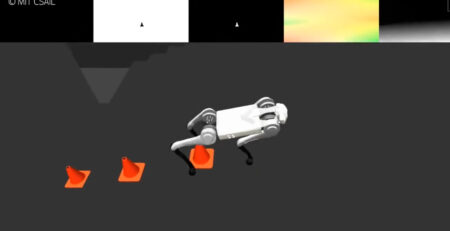OpenAI Faces Slowing Progress with New AI Model “Orion” Amid Investor Pressure
OpenAI is currently grappling with a new challenge: diminishing returns from its latest AI model, codenamed Orion, as reported by The Information.
While early testing indicates that Orion is capable of reaching the performance level of GPT-4 after just 20% of its training, this rapid initial progress does not necessarily suggest significant advancements in the long run.
As OpenAI nears the limit of potential improvements through traditional model scaling, the company is being forced to rethink its development strategies—especially in light of recent investments and increasing pressure from investors to maintain a competitive edge.
Diminishing Performance Gains with Orion
Orion’s initial performance appears promising, with the model reportedly achieving parity with GPT-4 at only a fraction of its full training.
However, beyond this early stage, the performance gains expected in later training phases seem to be less substantial compared to previous model iterations.
According to sources within OpenAI, Orion delivers improved language processing but struggles to significantly outpace GPT-4 in tasks like coding—a key capability that made GPT-4 popular among developers and enterprise clients.
As the model approaches full training, these incremental gains reveal the limits of current scaling techniques.
Historically, AI models like GPT-4 and its predecessors have relied on vast quantities of training data and ever-increasing computational power to produce each new leap in capabilities.
The transition from GPT-3 to GPT-4, for example, was marked by a major leap in functionality. But Orion’s challenges indicate a potential plateau in this method.
As AI models become more sophisticated, they require exponentially more resources to achieve similar improvements, and Orion’s performance suggests that OpenAI may be hitting a wall in this regard.
Investor Expectations and Pressure from Recent Funding
OpenAI’s development challenges with Orion come at a critical time, following a significant funding round where the company raised $6.6 billion.
This infusion of capital has heightened expectations for substantial returns, placing increased pressure on OpenAI to maintain its reputation as an industry leader in generative AI.
As companies like Google and Meta continue their own advances in the AI space, OpenAI must contend with meeting investor expectations while addressing the diminishing returns of traditional scaling.
If Orion’s final version fails to meet the high performance expectations set by investors and the market, future fundraising prospects may be compromised.
Investors are keenly watching OpenAI’s ability to deliver a new model with meaningful improvements, especially as the company enters a period of increased competition.
Data Limitations and the Challenge of Scaling
One of the most pressing challenges facing OpenAI and other AI developers is the diminishing availability of high-quality training data.
A recent study indicated that AI firms may exhaust the pool of publicly available human-generated text data between 2026 and 2032, posing a significant obstacle to training models beyond current capabilities.
As The Information reported, developers have “squeezed as much out of” existing data sources as possible. As high-quality datasets dwindle, OpenAI’s reliance on existing methods of training models may become unsustainable.
This scarcity of data is prompting a shift in how AI companies approach scaling. Rather than focusing on building ever-larger models with existing data, developers are beginning to explore ways to improve models post-training.
This could involve refining models to increase efficiency and adaptability after initial training, potentially leading to a “new type of scaling law” that prioritizes optimization rather than sheer size.
Rethinking AI Development: A New Approach to Scaling
To address the diminishing returns in Orion’s performance, OpenAI is actively exploring new approaches to AI development.
Instead of relying on traditional methods that involve increasing model size and training duration, the company is considering a shift toward post-training improvements.
This strategy could allow OpenAI to enhance Orion’s capabilities and maintain relevance without the unsustainable costs of traditional scaling.
By focusing on refining models after their initial training, OpenAI and other companies are essentially pioneering a new type of model scaling that could mitigate the challenges of diminishing returns.
This approach may prioritize algorithmic efficiency, personalization, or adaptability to specific applications, opening the door for AI models that deliver meaningful improvements without requiring vast amounts of new data.
Future Outlook: Navigating Competitive and Technical Pressures
OpenAI’s situation with Orion represents a broader challenge facing the AI industry as it matures.
With heightened competition, dwindling data sources, and the departure of key personnel, OpenAI must carefully balance innovation, efficiency, and investor expectations to maintain its leadership position.
This balancing act will likely define the next phase of AI development, as OpenAI and other companies seek to overcome the practical and theoretical limits of traditional model scaling.
As the industry transitions to a new era of AI development, companies will likely face increasing pressure to optimize for practical applications rather than raw computational power.
OpenAI’s approach with Orion may serve as a bellwether for the future, where AI models are built to excel not only through scale but through efficiency, adaptability, and sustainable use of resources.
This shift may be essential for OpenAI to maintain its competitive edge and meet the demands of a rapidly evolving AI landscape.












Comments (0)
TONIC GREENS